Jon_Are
TPF Noob!
- Joined
- May 12, 2007
- Messages
- 655
- Reaction score
- 13
- Can others edit my Photos
- Photos NOT OK to edit
Alright, I got my Nikon SB-600 flash today to sit atop my D80. Admittedly, I only played with it for a half hour or so, but I'm a bit surprised at how poorly-lit my bounce-flashed images have been. The shots were bounced of an 8-foot white ceiling. Not too worried about that, suspect I have to tinker with some settings.
So I've been trying to learn some info about accessories that might, um, shed some light on the subject (literally). This is what I think I know (please correct any errors):
1. The Gary Fong diffusers work well, but are over-priced and practical only in 'pro' situations (weddings, events, etc.)
2. When using diffusers, you generally still bounce the flash; the diffuser re-directs some of the light that's going straight up toward the subject, acting as a sort of 'fill flash' to complement the light that's coming from the ceiling (or whatever it's bounced off of).
3. The Sto-Fen Omnibounce is also over-priced for what you get (though cheaper than the Fong), but is more practical for day-to-day informal indoor shooting.
4. The Better Bounce card, the cheapest approach, works on the same principle as the others (aim the flash upward, some of it will reflect off the white card toward the subject). It works pretty well, just looks a bit funky.
So, here's where I sit: I'm going to make a BB card, probably pick up a Sto-Fen, and forget about the Fong. I will also spend some quality time with just the flash alone, trying to find some camera settings and flash angles that will give me some results.
Please tell me which of my comments you agree and disagree with.
Thanks,
Jon
So I've been trying to learn some info about accessories that might, um, shed some light on the subject (literally). This is what I think I know (please correct any errors):
1. The Gary Fong diffusers work well, but are over-priced and practical only in 'pro' situations (weddings, events, etc.)
2. When using diffusers, you generally still bounce the flash; the diffuser re-directs some of the light that's going straight up toward the subject, acting as a sort of 'fill flash' to complement the light that's coming from the ceiling (or whatever it's bounced off of).
3. The Sto-Fen Omnibounce is also over-priced for what you get (though cheaper than the Fong), but is more practical for day-to-day informal indoor shooting.
4. The Better Bounce card, the cheapest approach, works on the same principle as the others (aim the flash upward, some of it will reflect off the white card toward the subject). It works pretty well, just looks a bit funky.
So, here's where I sit: I'm going to make a BB card, probably pick up a Sto-Fen, and forget about the Fong. I will also spend some quality time with just the flash alone, trying to find some camera settings and flash angles that will give me some results.
Please tell me which of my comments you agree and disagree with.
Thanks,
Jon


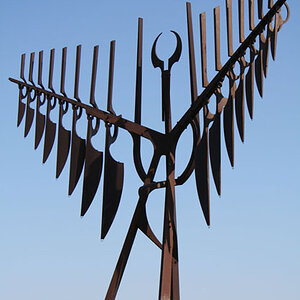
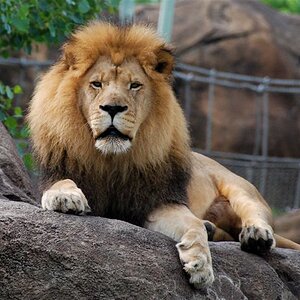
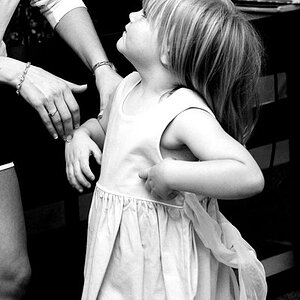
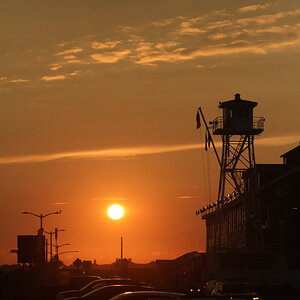
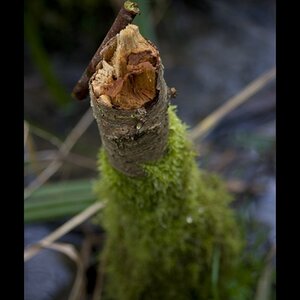
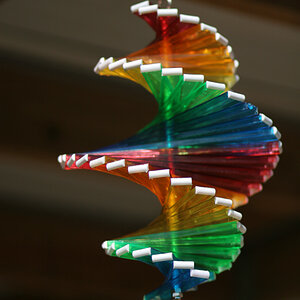
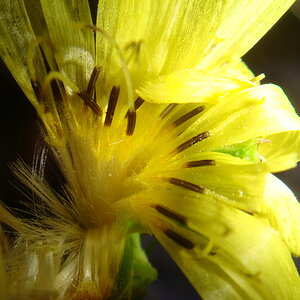
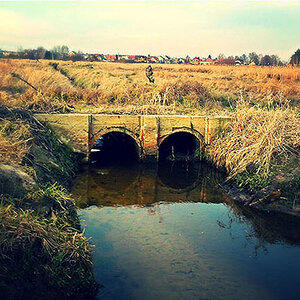
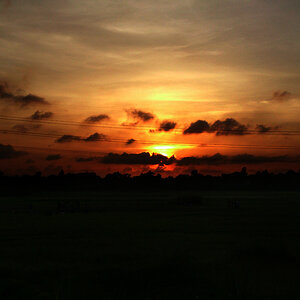
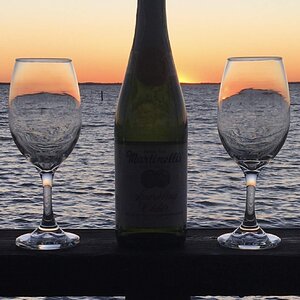
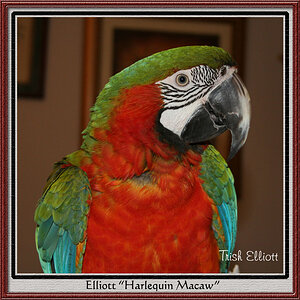
![[No title]](/data/xfmg/thumbnail/32/32929-22e23acc63d6ecb25e5ee941be87121f.jpg?1619735758)